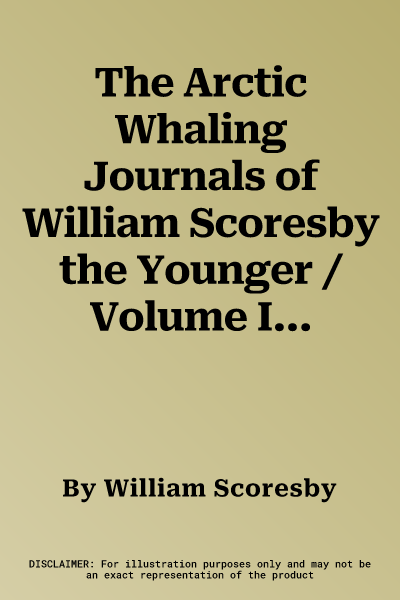William Scoresby (1789-1857) made his first voyage in the whaler
Resolution from Whitby to the Greenland Sea, west of Spitsbergen, in
1800. Three years later he was formally apprenticed to his father and
another three years saw him promoted to chief officer. On 5 October
1810, his twenty-first birthday, 'the earliest at which, by reason of
age, I could legally hold a command', his father moved to Greenock and
another ship, relinquishing the Resolution to his son. Another ten years
would see the publication of what has been described as 'one of the most
remarkable books in the English language', his two-volume An Account of
the Arctic Regions, with a History and Description of the Northern
Whale-Fishery (1820). Even before he took command of the Resolution, two
developments had occurred that, when combined with his seamanship and
whaling skill, were to make that book 'the foundation stone of Arctic
science' and cause the journals of his annual voyages to be remarkable
accounts in their own right. First, Scoresby had studied, during two
brief winters at the University of Edinburgh. Teachers such as John
Playfair and Robert Jameson had made him aware of the scientific
importance of his arctic experience. Together with Sir Joseph Banks, the
president of the Royal Society, they encouraged him to observe,
experiment and record, and provided opportunities for his data to be
published. Secondly, this encouragement, and the study habits he
developed at Edinburgh, led Scoresby to expand the logs of his arctic
voyages into lengthy journals that contained scientific records and
social and religious comment as well as detailed descriptions of
navigation and whaling.

